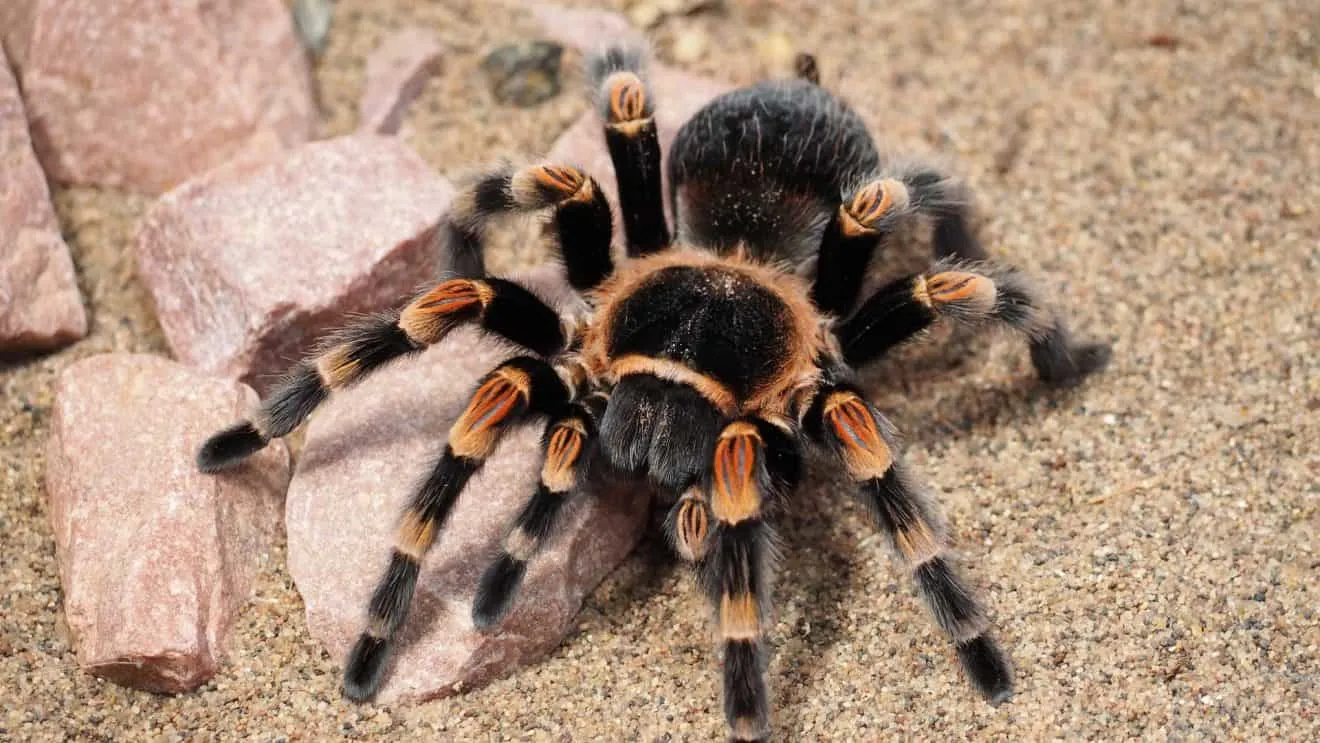What is Tarantella Dance?
The Tarantella is a traditional folk dance originating from Southern Italy, particularly in the regions of Apulia, Calabria, and Campania. Known for its energetic pace and lively music, the Tarantella is a captivating dance that embodies the spirit of Italian culture. Its origins are rooted in ancient traditions and beliefs. The dance is often characterized by its fast tempo, intricate footwork, and passionate expression. It’s more than just a dance; it’s a vibrant celebration of life, community, and cultural heritage, a dance that has evolved over centuries, adapting to the changing times while still retaining its core essence. The Tarantella is performed by couples or groups, the dancers often engage in a playful chase, mirroring the music’s rhythm and reflecting the joy and energy of the dance.
The Origins of Tarantella
The Tarantella’s origins are steeped in mystery and folklore. One popular belief connects the dance to the tarantula spider and its venom. According to this legend, the dance was initially performed as a cure for tarantism, a condition where people were believed to be bitten by a tarantula and overcome with a melancholic state. The energetic dance and music were thought to purge the venom from the body, restoring the affected individuals to health. While this is a compelling tale, historical evidence suggests that the Tarantella’s roots go deeper, predating the tarantism legend. The dance likely evolved from ancient fertility rituals and celebrations, incorporating elements of courtship and community bonding. Regardless of its exact origins, the Tarantella’s development is a testament to the power of dance as a means of expressing emotions, celebrating life, and connecting with others.
The Historical Context
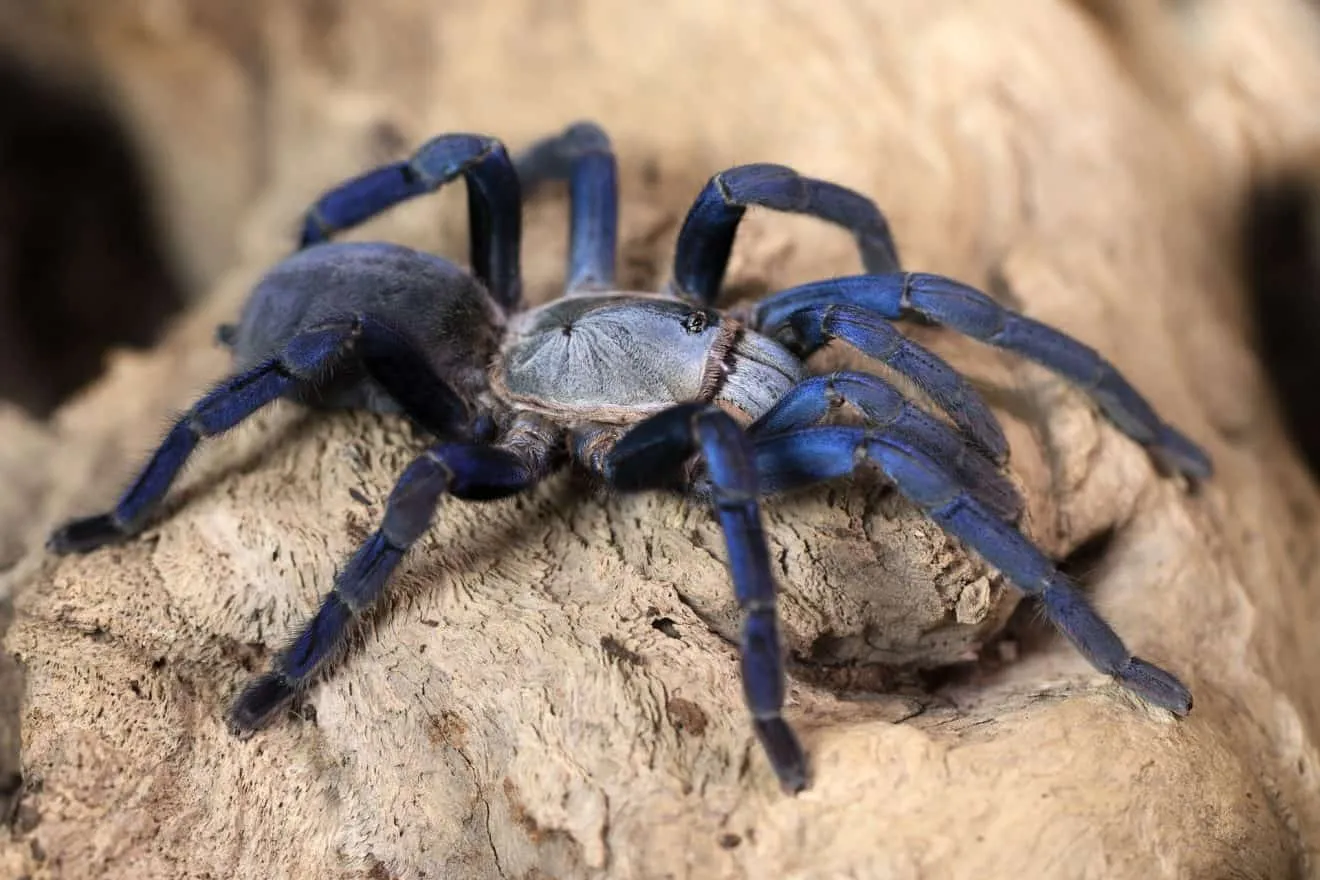
To fully grasp the Tarantella, it’s essential to understand its historical context. The dance flourished during the Renaissance and Baroque periods, becoming a staple in Italian festivals and celebrations. It was a means of social expression and a way for communities to come together. Over time, regional variations of the Tarantella developed, each with its unique style and music. These regional differences reflect the diverse cultures of Southern Italy, with unique movements, rhythms, and instrumentation. The Tarantella has evolved through the ages, with its popularity waxing and waning. It has been preserved by passionate dancers and musicians who appreciate its cultural importance. The dance has experienced a resurgence in recent years, with people worldwide recognizing its beauty and heritage, carrying the Tarantella’s legacy into the future.
Secret 1 Master the Basic Steps
Mastering the basic steps is the foundation for any Tarantella dancer. The core steps often involve a combination of quick footwork, including hopping, skipping, and shuffling. The movement is usually energetic and fast-paced. Dancers must coordinate their feet with the music’s rhythm, allowing the body to flow gracefully. Practicing these steps repeatedly, focusing on precision and coordination is key. Beginners should break down the steps into smaller components, gradually increasing their speed and complexity as they become more comfortable. Regular practice will build muscle memory and ensure that the steps become second nature, allowing dancers to freely express themselves without thinking about the steps.
Footwork Techniques
Footwork is the heart of the Tarantella. There are several specific techniques that dancers use. These techniques include the ‘scapuzzata,’ a quick shuffle step; the ‘pizzica,’ a subtle toe-tapping motion; and the ‘battito,’ a rhythmic stamping of the feet. Mastering these specific techniques requires focus, coordination, and practice. Dancers must pay close attention to the music’s rhythm, matching the footwork to the beat. The feet should be light and quick, almost as if they are skimming the ground. Proper footwork enhances the dance’s energy and adds to its visual appeal. Regular practice helps dancers refine their footwork techniques, allowing them to perform the steps with greater fluidity, precision, and confidence.
Arm Movements and Posture
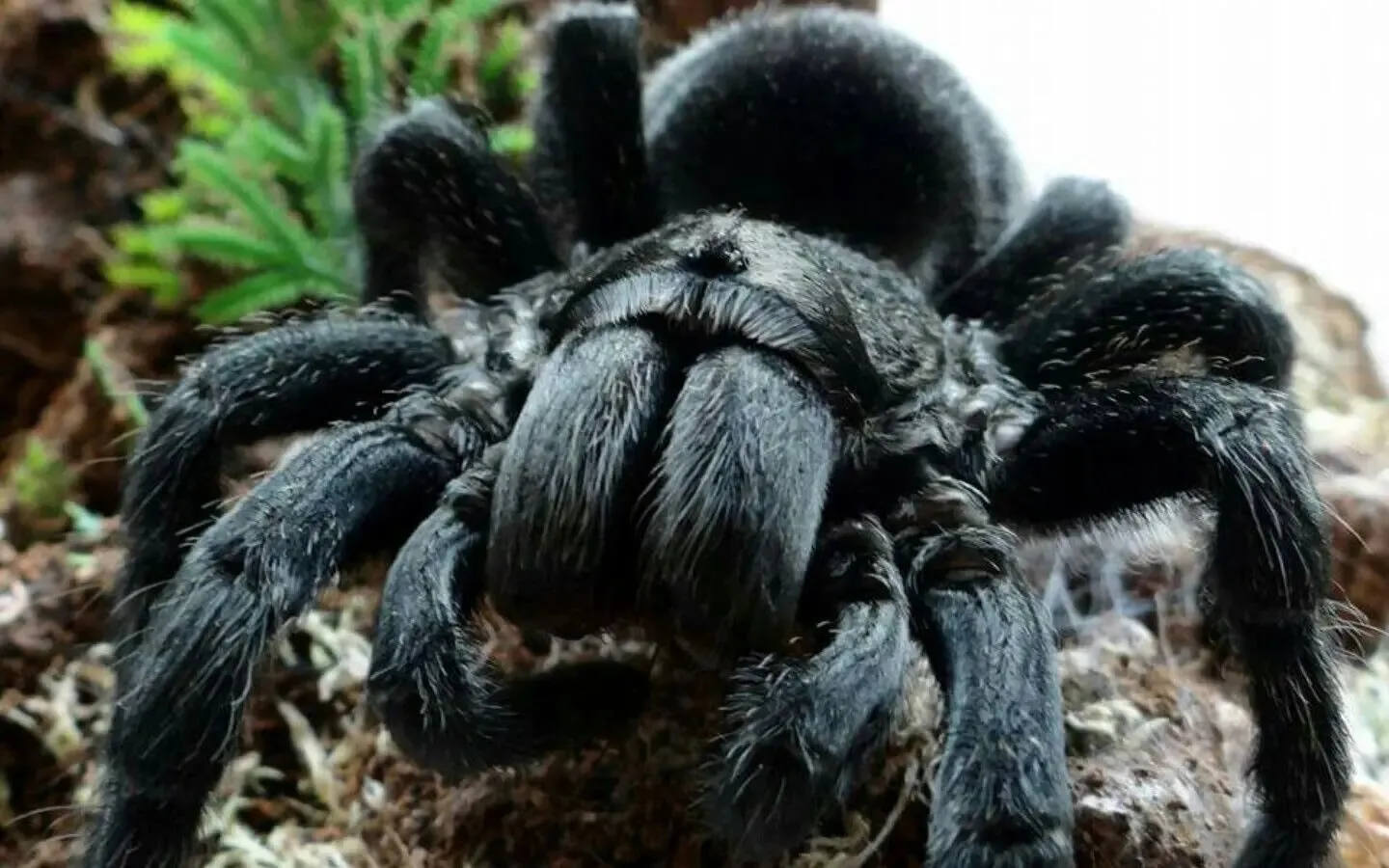
While the feet drive the dance, arm movements and posture are equally important. The arm movements should complement the footwork, adding to the dance’s overall elegance and expression. Arms often move in flowing, graceful patterns, sometimes mirroring each other or alternating. Dancers can use arm movements to express the music’s emotions and convey stories. Maintaining good posture is also essential. Dancers should stand tall, with their shoulders relaxed and their core engaged. Good posture improves the dance’s aesthetics and helps dancers maintain their balance and coordination. With practice, dancers can combine footwork, arm movements, and posture to create a beautiful and engaging Tarantella performance.
Secret 2 Understand the Music
Music is at the core of the Tarantella, as the dance is a direct response to its rhythm and melody. Dancers must deeply understand the music to truly express themselves. This starts with identifying the tempo, which is typically fast and energetic. The tempo drives the dance, shaping the movements, and infusing the performance with energy and excitement. Dancers must learn to anticipate changes in tempo, adjusting their footwork and movements accordingly. Besides tempo, understanding the rhythm of the music is critical. The rhythm gives structure to the dance, with its specific patterns and beats, guiding the dancers’ steps. Dancers should listen carefully to the instruments, to the percussion, and the variations, learning to move in harmony with the music.
Tempo and Rhythm
The Tarantella is characterized by its fast tempo and complex rhythms. The tempo can vary, influencing the energy and intensity of the dance. Dancers must adapt their movements to the tempo, executing their steps with precision. The rhythm, often based on a 6/8 time signature, creates a distinct feel, driving the dance forward. Dancers should feel the rhythm in their bodies, letting it guide their footwork and movements. They can explore how the rhythm influences the dance and how to use it to express emotions. Understanding the tempo and rhythm allows dancers to interact with the music on a deeper level, resulting in a more compelling performance.
Common Musical Instruments
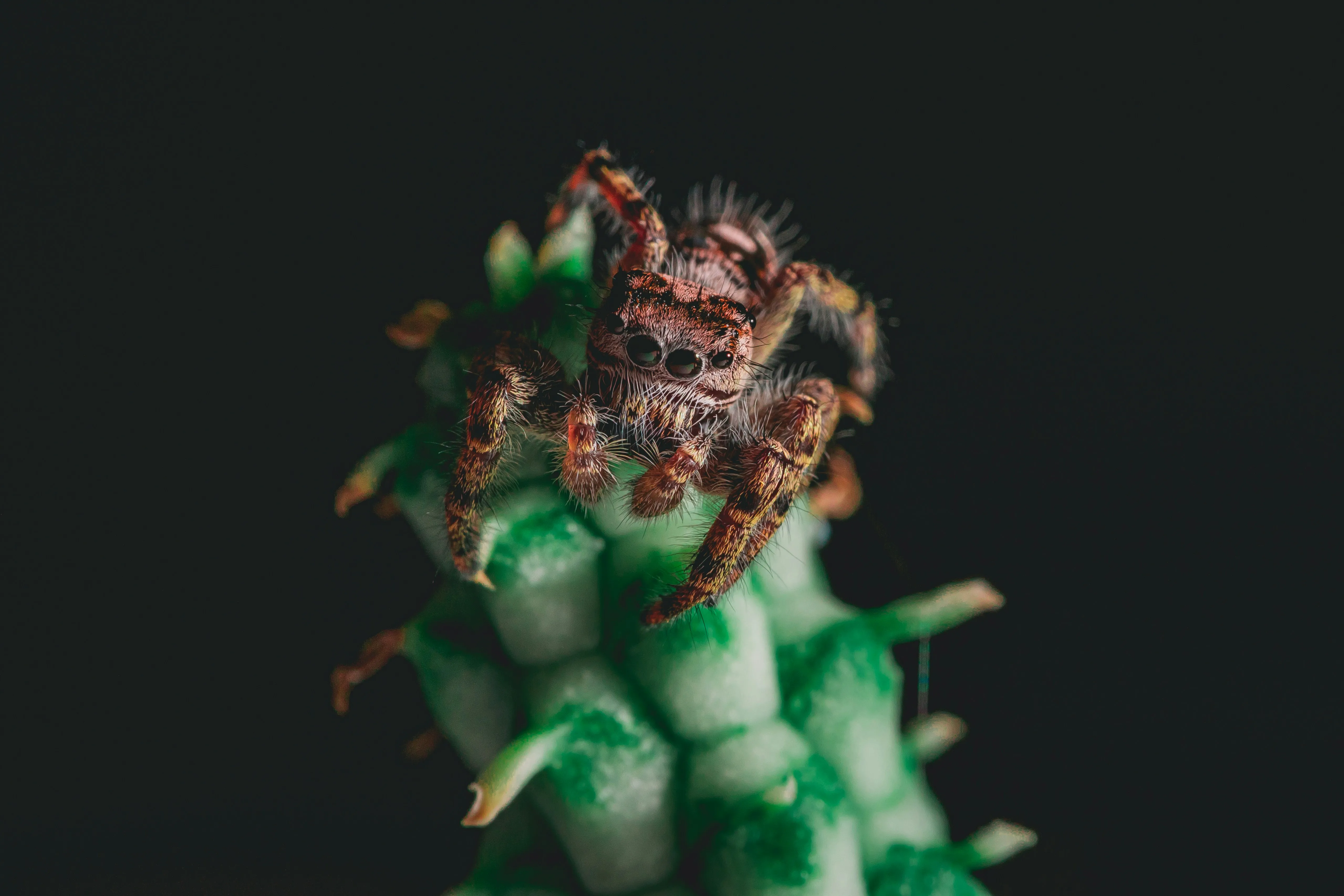
Tarantella music relies on specific instruments. The instruments create a distinct soundscape, influencing the dance’s energy and feel. The tambourine is a key instrument, providing the rhythm and adding percussive accents. The accordion and mandolin are also common. These instruments add melodic richness and cultural authenticity to the music. The instruments provide a driving force for the dancers and create the musical atmosphere that the dance exists within. Listening to Tarantella music, focusing on the different instruments, will help dancers develop a deeper understanding of the music. Dancers should understand how each instrument contributes to the dance’s overall sound and learn to synchronize their movements with the music.
Secret 3 Focus on Emotion
The Tarantella is not just about technical skill; it’s about expressing emotions. The dance allows dancers to communicate joy, sorrow, love, and other feelings. It’s a way to connect with the music on a deeper level and share emotions with the audience. Dancers should let their emotions flow through their movements, using their bodies as a vessel for expression. Authenticity is key: The more genuine the emotions, the more captivating the performance will be. Practice helps dancers to channel their feelings into the dance, transforming them into a visual and auditory experience.
Expressing Joy and Sorrow
The Tarantella can express a wide range of emotions, including joy and sorrow. Joy is often expressed through energetic movements and bright smiles, reflecting the dance’s celebratory nature. Dancers should let their bodies flow freely, creating a sense of happiness. Sorrow, on the other hand, can be expressed through slower, more deliberate movements, reflecting the dance’s ability to tell stories. Dancers can use their facial expressions, arm movements, and postures to convey sadness, loss, or longing. The dance’s ability to move through emotions makes it captivating and profound. Dancers must learn how to shift between these emotions seamlessly, creating a dynamic and emotional experience.
Connecting with the Music
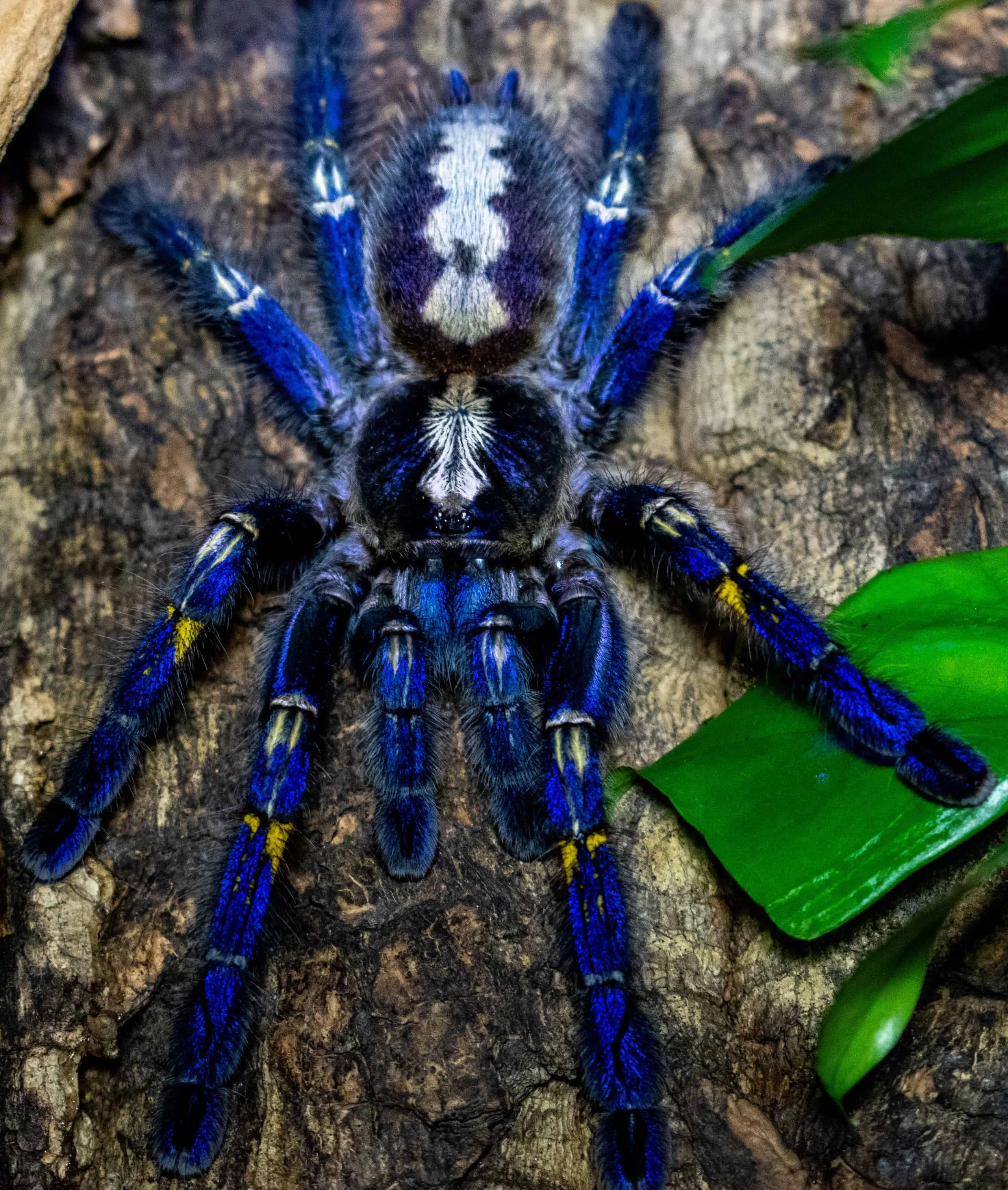
Connecting with the music is at the heart of expressing emotions. The music’s melody, rhythm, and tempo act as a guide to the dance’s emotional journey. Dancers must learn to listen to the music, letting it guide their movements and expressions. They can use the music to inspire their emotions, feeling the joy, sorrow, or passion conveyed through the sounds. The more a dancer connects with the music, the better they can express themselves. This connection creates a captivating performance that goes beyond technique, making the dance truly meaningful. To strengthen this connection, dancers can listen to the music repeatedly, feeling the emotions. This practice will help them to internalize the music’s message, resulting in a more powerful and expressive performance.
Secret 4 Practice Regularly
Regular practice is essential for mastering the Tarantella. Consistency and dedication are crucial to honing skills and refining technique. Dancers should set a schedule and stick to it, even when they are busy or unmotivated. Regular practice allows dancers to improve their footwork, coordination, and expression. It helps build muscle memory and enables them to move with greater ease and fluidity. Consistent practice helps dancers overcome challenges, build confidence, and achieve their goals. It is also a chance to experiment and explore different techniques. Making time for practice is an investment in the Tarantella. Dancers should prioritize their training, treating it as an important aspect of their lives.
Warm-up Exercises
Warm-up exercises are a critical component of any Tarantella practice session. These exercises prepare the body for the dance, preventing injuries and improving performance. The exercises often include stretching and light cardio. The focus is on warming up the muscles and improving the range of motion. Stretching the legs, arms, and core prepares the body for the dance’s physical demands. Light cardio exercises, such as jumping jacks or jogging in place, increase blood flow and elevate the heart rate. A proper warm-up will improve the dancer’s flexibility, coordination, and balance. Starting the practice session with warm-up exercises is important for both beginners and experienced dancers.
Cool-down Stretches

Cool-down stretches are as important as warm-up exercises. Cool-down stretches help the body recover from the physical demands of the dance. These stretches should focus on relaxing and lengthening the muscles. Holding stretches for 15-30 seconds helps prevent muscle soreness and promotes flexibility. Cooling down with stretches improves blood flow. Regular stretching enhances the range of motion, and prevents injuries. Dancers should incorporate cool-down stretches at the end of each practice session. These exercises should be a part of the training, promoting overall well-being and enhancing the dance’s performance.
Secret 5 Find the Right Partner
The Tarantella is often a dance for partners, so finding the right partner is crucial for the dance. A good partner will bring the best out of the dancer, creating a more satisfying dance experience. A compatible partner should possess similar skill levels, allowing the dancers to perform together comfortably. Effective communication is essential, with the dancers able to coordinate their movements and share ideas. Shared passion and a mutual appreciation for the dance can strengthen the partnership, leading to more meaningful performances. Dancers who are willing to support each other can improve their skills. Finding the right partner is an investment in the dance, enhancing enjoyment and the overall experience.
Partnering Techniques
Partnering techniques are crucial for a successful Tarantella performance. These techniques involve both coordination and communication. Dancers must learn to move together, mirroring each other’s steps and following the music’s rhythm. Effective communication helps with anticipating each other’s movements, which allows for fluid and harmonious dancing. This includes establishing non-verbal cues. Practice will improve the coordination and communication between partners, resulting in a more engaging dance. Practicing with a partner and sharing their ideas and suggestions is essential for refining the dance. Partnering techniques are important in the development and performance of the dance.
Coordination and Communication
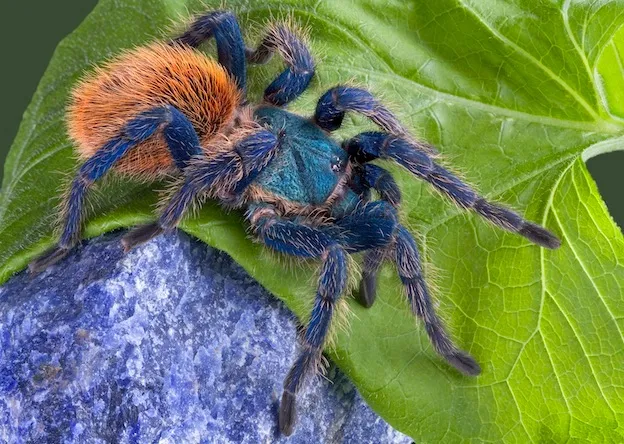
Coordination and communication are essential for a successful Tarantella dance. Dancers must be able to synchronize their movements, maintaining the same tempo and rhythm. They can achieve coordination with practice and communication. Regular practice helps them to familiarize themselves with each other’s style. Communication allows the dancers to share their ideas and suggestions, leading to a more balanced performance. They should listen to each other’s ideas and be willing to make adjustments. Together, these efforts lead to a more unified and enjoyable dance. Focusing on these elements will result in a more captivating Tarantella performance.
